The smart home-device market is currently characterized by intense competition and rapid innovation, driven by increasing consumer demand for convenience, security, and energy efficiency. Major players such as Amazon (US), Google (US), and Apple (US) are at the forefront, each adopting distinct strategies to enhance their market presence. Amazon (US) continues to leverage its extensive ecosystem, integrating smart home devices with its Alexa platform, while Google (US) focuses on enhancing its Google Home offerings through AI advancements. Apple (US), on the other hand, emphasizes privacy and security, positioning its HomeKit as a premium solution for discerning consumers. Collectively, these strategies contribute to a dynamic competitive environment, where innovation and user experience are paramount.
Key business tactics within the market include localized manufacturing and supply chain optimization, which are increasingly vital in addressing consumer preferences and reducing operational costs. The competitive structure appears moderately fragmented, with a mix of established giants and emerging players. This fragmentation allows for diverse offerings, yet the influence of key players remains substantial, as they set trends and standards that smaller companies often follow.
In October 2025, Amazon (US) announced the launch of a new line of smart home security cameras that integrate seamlessly with its existing Alexa ecosystem. This move not only enhances Amazon's product portfolio but also reinforces its commitment to providing comprehensive home security solutions. The strategic importance of this launch lies in its potential to capture a larger share of the growing security segment within the smart home market, appealing to consumers increasingly concerned about safety.
In September 2025, Google (US) unveiled an upgraded version of its Nest Hub, featuring enhanced AI capabilities and improved interoperability with third-party devices. This development signifies Google's ongoing investment in AI and its aim to create a more cohesive smart home experience. By enhancing interoperability, Google positions itself as a leader in creating a unified smart home ecosystem, which could attract consumers looking for seamless integration across devices.
In August 2025, Apple (US) expanded its HomeKit platform to include support for a wider range of third-party devices, signaling a strategic shift towards greater inclusivity. This decision is likely to enhance the appeal of HomeKit among consumers who prefer diverse device options while maintaining a focus on security and privacy. By broadening its compatibility, Apple aims to strengthen its market position against competitors who offer more open ecosystems.
As of November 2025, current trends in the smart home-device market include a pronounced emphasis on digitalization, sustainability, and AI integration. Strategic alliances among key players are increasingly shaping the competitive landscape, fostering innovation and enhancing product offerings. Looking ahead, competitive differentiation is expected to evolve, with a shift from price-based competition towards innovation, technology, and supply chain reliability. Companies that prioritize these aspects are likely to gain a competitive edge in an ever-evolving market.

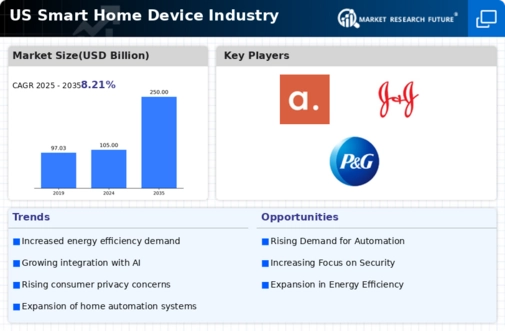
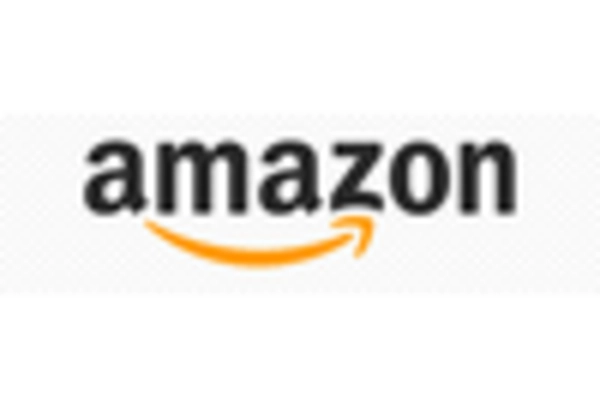
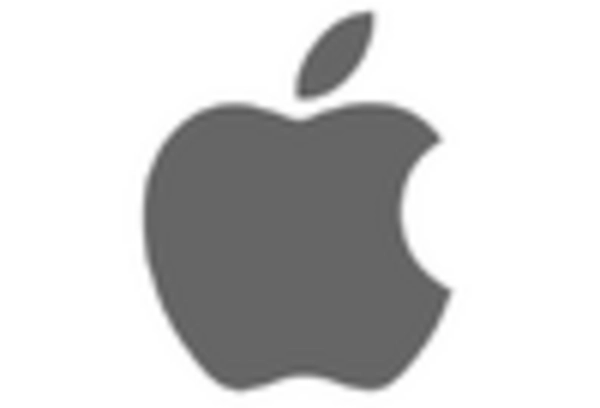

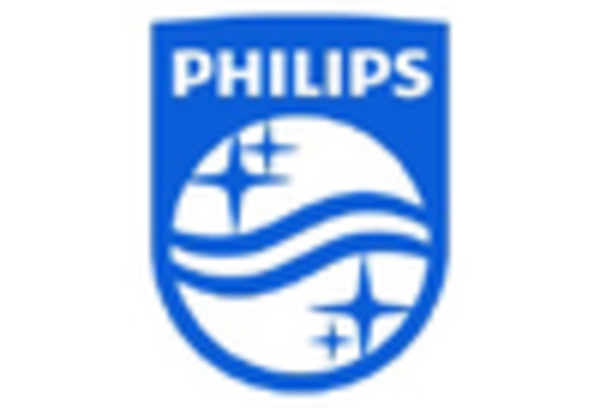
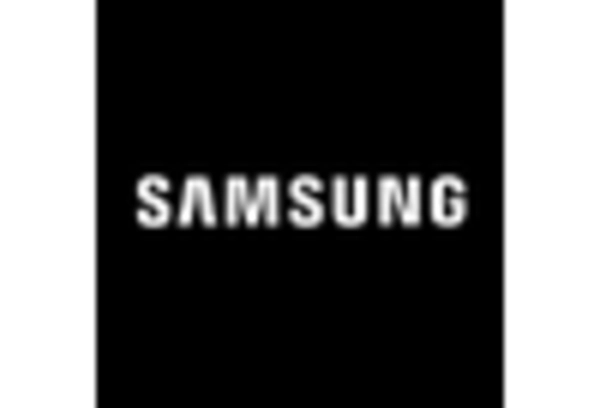
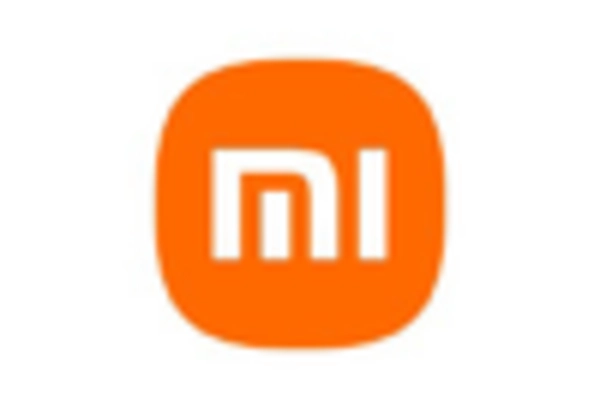








Leave a Comment